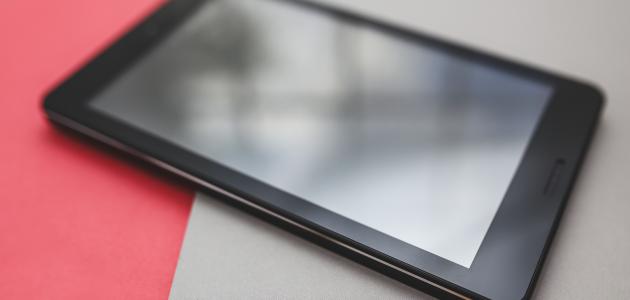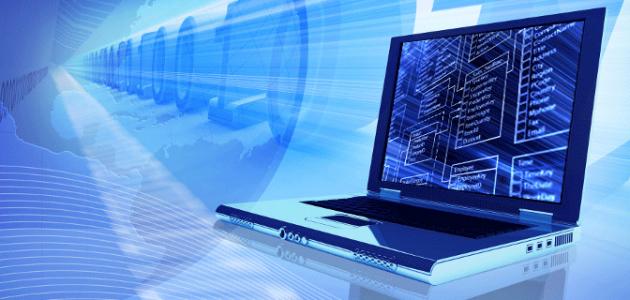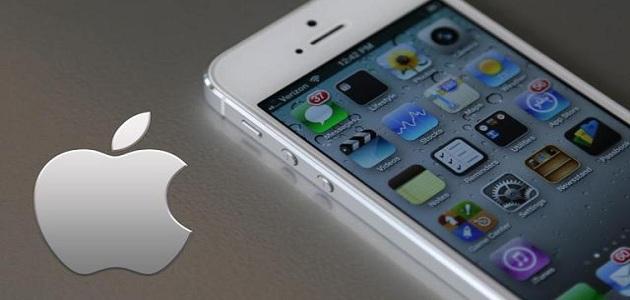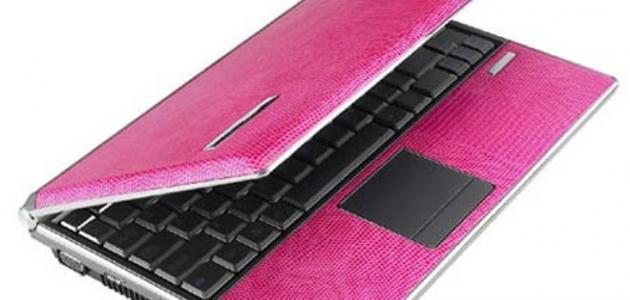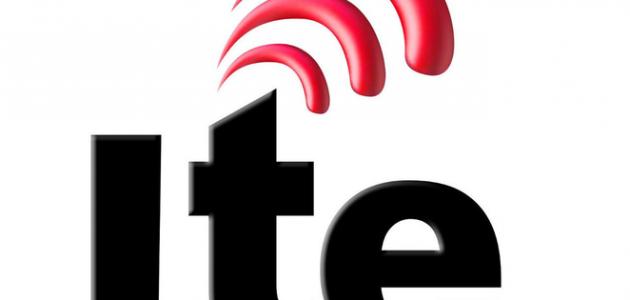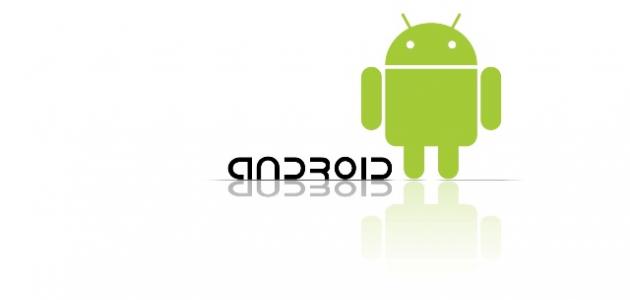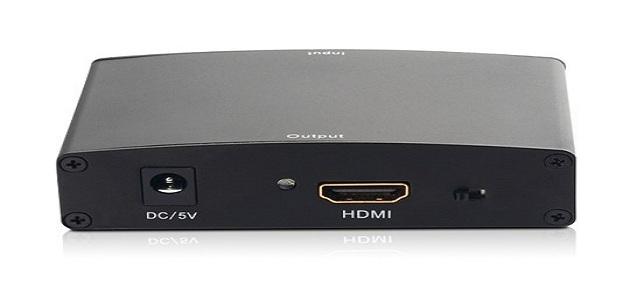Tablet
A tablet or tablet computer, or what is known as a tablet, is a device that is larger in size than mobile devices, in addition to being smaller in size than laptops or desktop computers.
The main input unit in it is touch through touch screens designed to deal with signals and touches from the human hand and fingers. For this reason, people prefer this type of device due to the possibility of high direct interaction with the devices, and ease of use without entering into the complexities of old technology. There are some tablets that A pen is used as an input method.
The genesis of the tablet
The idea of a tablet first appeared in the fifties of the twentieth century, but it had limited specifications and uses due to the lack of the technology necessary to manufacture high-specification devices in a small size. Its uses were limited to specific tasks such as drawing and writing. In 2010, Apple Inc. announced the first version of the iPad series, called (iPad 1). It was the first type of tablet to receive great attention, as its sales reached approximately 4.70 million devices, due to its high specifications. Its small size and weight, it weighed approximately 0.70 kg. In recent years, the number of competing companies in the field of manufacturing tablet devices has increased significantly due to user interest and the possibility of replacing laptops with tablets, especially in offices and institutions.
Read also:What is the importance of inventions in our lives?Uses
The tablet is used for normal purposes, such as simple games, watching movies, browsing the Internet, using communication technologies, taking notes, reading, or photographing, in addition to drawing and editing photos, or even editing video files. Dedicated tablets have been manufactured for downloading and reading books online.
In the field of education, tablet devices have been distributed in some schools to increase the efficiency of education, so that students can use them to read their electronic textbooks, communicate with their teachers, and do their homework.
Recently, tablets have begun to be included in companies and institutions for employees to use to read, compare, or modify data in the company or institution's databases, instead of desktop and laptop computers.
Description
Size
The size varies from one tablet to another depending on the manufacturer and model, but its sizes range from the size of the palm to the size of the arm.
Healer
Processors are used in the manufacture of tablets other than those used in desktop computers or laptops. Rather, they are the same processors that are used in modern cellular devices. This is because desktop or laptop processors consume more power and need more space. Due to the limited uses of tablets compared to the uses of desktop and laptop computers, some of the performance of the processors was dispensed with in order to save energy and space, and reduce the heat resulting from continuous use.
Read also:What is cache memoryMemory space
As for the storage memory space, some tablet devices contain fixed storage spaces that the user cannot increase, while others contain fixed memory, which is called internal memory (in English: Internal Memory or Phone Memory), in addition to an optional external memory that is inserted by the user to increase the memory space. It is called external memory, and the most common type of such memory is SD memory.
OS
The operating system used for one tablet differs from another, and this depends on the choice of the company and the technical specifications of the device. Most tablets use the Android and iOS operating systems, with less common tablet operating systems such as Windows.
Photography machines
A tablet device may contain one or more cameras, and tablet cameras differ from others in terms of performance and imaging quality. The camera may be located in the front or back of the tablet, or both. The front camera is used for making video communications or taking self-portraits, while the rear camera is used for taking normal daily photos.
Price
The prices of tablets vary. They are relatively average prices depending on the quality, but when compared to the prices of desktop computers and laptops, they are lower in price due to the difference in technical specifications. Companies also compete in developing tablet devices among themselves. It has recently developed significantly in all aspects. For example, the touch technology was developed in it, and internal specifications were also developed and increased, such as increasing memory and developing processors, so its performance improved significantly and it became able to perform more tasks. This development coincided with the development of the software used to operate these devices, which enabled users to access broader options to increase pleasure and meet the basic needs of the user.
Read also:E-MarketingPros and Cons
The advantages of the tablet in general are summarized as follows:
- Small size and light weight compared to computers.
- Its screen depends on touch.
- The larger surface area of the tablet screen compared to mobile phone screens, which facilitates many tasks that are difficult on a mobile phone.
- Suitable for all age groups.
- Ease of downloading and using applications.
As for its negatives:
- Larger and heavier than mobile phones.
- The small number of ports supporting external devices such as a printer.
- Its performance is worse than that of computers.
- Inability to make wireless communications unlike a mobile phone.
- Not user-developable; Such as increasing the amount of random access memory (in English: RAM), or strengthening the processor, unlike desktop computers, and this forces the user to buy a new tablet after a few years of use.
Differences from mobile devices
When compared with mobile devices, tablets outperform them in terms of features, specifications, and uses, and size remains a major influence in preferring a mobile phone over a tablet.
Most tablets do not have a SIM card slot, which is the basis for wireless communications, but a SIM card slot has recently begun to be added to support 3G and 4G technology to enable the tablet to connect to the Internet anywhere.
Differences from laptops
Tablets differ from laptops in that they are smaller in size and lighter in weight, and this difference is considered the most important in distinguishing between the two devices. In terms of performance, due to the size of the tablet and the small capacity of its battery, its performance is weaker than that of laptops in general.
Laptops support most input devices (such as mouse, keyboard, printers, etc.), while tablets do not support them due to the limited number of input ports. Most tablets are limited to a port for charging the device and a port for headphones only.
